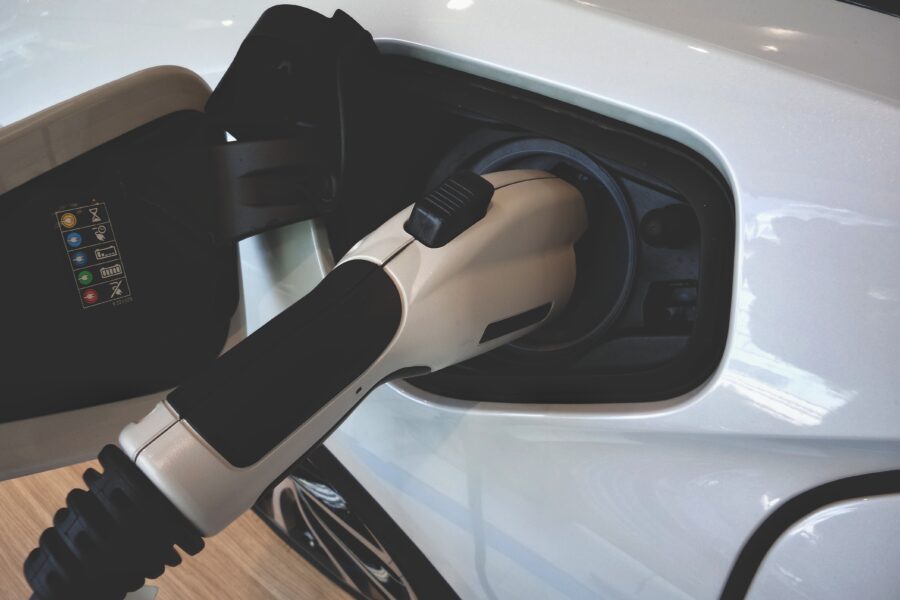AUTO ELETTRICHE

Alternative and green materials: what the electric cars of the future will look like
For European importers of steel, iron, pig iron and aluminum from outside the EU, the transitional phase of the new carbon border adjustment mechanism (Cbam) comes into effect on Oct. 1, 2023, and will last until Dec. 31, 2025. Non-EU countries excluded are Iceland, Liechtenstein, Norway, and Switzerland.
In the transitional phase, only data reporting requirements are provided for companies.
When fully implemented, from 2026, Cbam will be further extended from the six carbon-intensive sectors of the transitional phase (steel and iron, aluminum, cement, energy, fertilizer, hydrogen) and the application of economic levies calculated on imported carbon emissions in excess of the EU limits will begin
As part of measures to decarbonize European industry (Net-Zero 2050), Cbam will gradually replace the current ETS emissions trading system based on free certificates. The main objective is to contain the risk of carbon leakage, that is, the transfer of emissions to countries with less stringent production conditions and climate policies than the EU.
In the transitional phase, importers of goods in the affected sectors are required to submit a quarterly report to the European Commission containing specific imports on imported products, Deadline: within one month after the end of the relevant quarter.
The first report will be for the 4th quarter 2023, then due by January 1-31, 2024.
Changes for corrections or additions to data may be reported within one month of each quarterly communication. Exceptionally, for the first two reports (Q4 2023 and Q1 2024) the time window is extended to July 31, 2024.
The transmission channel will be the dedicated Cbam Registry platform accessible by browser without installation of specific software.
Data such as:
– total quantities, expressed in MWh for energy and tons for goods, for each production facility in the country of origin;
– total actual embedded CO2 emissions;
– carbon price due in the country of origin for embedded emissions.
For information and expert advice: FARO Club